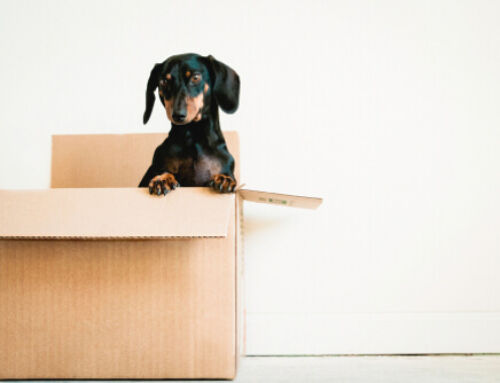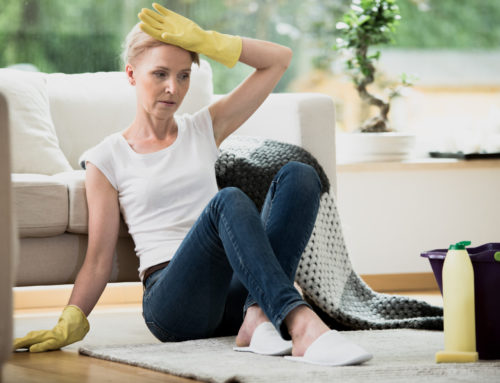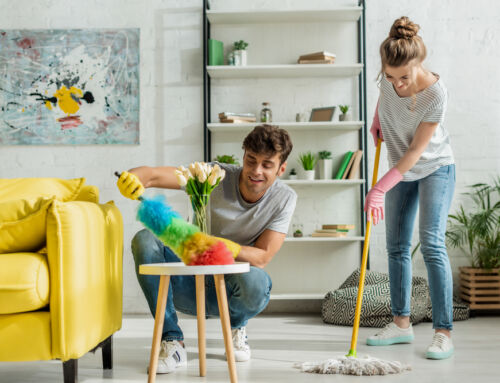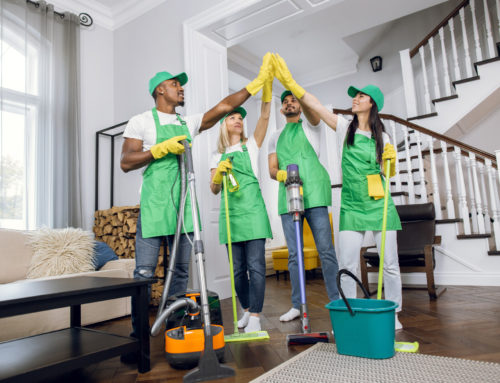Maintain a clean and pet-friendly home with these essential cleaning tips. Learn how to combat pet hair, remove odors, and create a clean environment that keeps both you and your furry friends happy.
Pets bring immense joy and companionship to our lives. However, they also come with their fair share of mess and odors. Keeping your home clean when you have pets requires some extra effort and attention. By following these pet-friendly cleaning tips, you can ensure a clean and happy home for both you and your beloved furry companions.
I. Introduction
A clean home is essential for the health and well-being of both humans and pets. Regular cleaning not only helps maintain a pleasant living environment but also eliminates potential health hazards. When it comes to pets, cleanliness becomes even more crucial. Pet hair, odors, and accidents can accumulate if not addressed promptly. By implementing effective cleaning practices, you can create a comfortable and hygienic space for everyone in your household.
II. Minimizing Pet Hair
A. Regular grooming: Brushing your pet’s coat regularly helps to minimize shedding. Not only does it remove loose hair, but it also distributes natural oils, keeping their coat healthy and reducing dander.
B. Vacuuming and sweeping techniques: Invest in a high-quality vacuum cleaner designed specifically for pet hair removal. Vacuum carpets, rugs, and upholstery regularly to capture loose hair. For hard floors, use a microfiber mop or a sweeping tool that effectively traps pet hair.
C. Using lint rollers and pet hair removal tools: Keep lint rollers handy to quickly remove pet hair from clothing, bedding, and furniture. Sticky pet hair removal tools, such as gloves or brushes, are also effective for gathering loose hair from surfaces.
III. Tackling Odors
A. Cleaning pet bedding and toys: Wash your pet’s bedding and toys regularly to eliminate odors. Use pet-safe detergents and ensure proper drying to prevent mold or mildew growth.
B. Proper litter box maintenance: Scoop the litter box daily and replace the litter as needed. Regularly clean the litter box with mild soap and water, avoiding harsh chemicals that may be harmful to your pet.
C. Air fresheners and odor-neutralizing products: Use pet-friendly air fresheners or odor-neutralizing sprays to maintain a fresh-smelling home. Be cautious of products containing strong fragrances or chemicals that may irritate your pet’s sensitive senses.
IV. Cleaning Up Accidents
A. Immediate action for urine and vomit: Clean up pet accidents as soon as possible to prevent stains and odors. Blot up excess liquid with paper towels, then apply an enzyme-based cleaner to break down the organic matter.
B. Using enzymatic cleaners: Enzymatic cleaners are specifically designed to target and eliminate pet stains and odors. These cleaners contain enzymes that break down the proteins in urine, feces, and vomit, effectively removing the odor source.
C. Eliminating stubborn stains and odors: For stubborn stains and odors, consider using a pet-friendly stain remover or consult professional cleaning services. Avoid using ammonia-based cleaners as they can mimic the scent of urine, attracting your pet back to the same spot.
V. Protecting Surfaces and Furniture
A. Choosing pet-friendly materials: Opt for furniture and fabrics that are resistant to scratches, stains, and pet damage. Leather, microfiber, or synthetic materials are often more durable and easier to clean.
B. Using protective covers and blankets: Protect your furniture by using washable covers or blankets that can be easily removed and cleaned. This provides an additional barrier against shedding, dirt, and potential accidents.
C. Regular maintenance and spot cleaning: Vacuum or wipe down furniture regularly to remove pet hair and dirt. Attend to any spills or accidents promptly to prevent stains from setting in.
VI. Keeping Floors Clean
A. Choosing pet-friendly flooring options: Consider pet-friendly flooring materials such as laminate, vinyl, or tile, which are more resistant to scratches and accidents. Avoid carpeting in areas frequented by your pets, as it can trap odors and stains.
B. Frequent mopping and steam cleaning: Clean hard floors regularly using pet-safe cleaning solutions and a mop or steam cleaner. This helps remove dirt, grime, and bacteria, providing a clean surface for both your pets and your family.
C. Preventing scratches and damage: Trim your pet’s nails regularly to prevent them from scratching or damaging your floors. Place rugs or mats in high-traffic areas to capture dirt and moisture before it reaches your floors.
VII. Maintaining a Healthy Environment
A. Regular veterinary check-ups and vaccinations: Schedule regular check-ups with your veterinarian to ensure your pet’s overall health. Vaccinations and preventive medications help protect your pet from diseases and parasites.
B. Flea and tick prevention: Follow a regular flea and tick prevention regimen recommended by your veterinarian. Keep your home and yard free from pests by using pet-safe products and pest control measures.
C. Proper waste disposal: Dispose of pet waste properly to maintain a clean and hygienic environment. Use biodegradable poop bags when walking your dog and consider installing a pet waste disposal system in your yard.
VIII. Pet-Safe Cleaning Products
A. Avoiding harmful chemicals: Many cleaning products contain chemicals that can be toxic to pets. Avoid using products that contain bleach, ammonia, or phenol, as they can be harmful if ingested or inhaled by your pet.
B. Using natural and pet-friendly alternatives: Opt for natural cleaning solutions such as vinegar, baking soda, or hydrogen peroxide, which are safe for pets. These ingredients can effectively clean and deodorize various surfaces.
C. DIY cleaning solutions: Create your own pet-friendly cleaning solutions by mixing vinegar and water for general cleaning or baking soda and water for tough stains. These DIY solutions are cost-effective and environmentally friendly.
IX. Creating a Pet-Friendly Outdoor Space
A. Pet-friendly landscaping: Design your outdoor space with your pet in mind. Choose pet-friendly plants and flowers that are non-toxic and avoid using chemicals or pesticides that could harm your pet.
B. Controlling pests and insects: Use pet-safe pest control methods to keep insects, fleas, and ticks at bay in your yard. Regularly inspect and clean outdoor areas to minimize pest infestations.
C. Safe and secure fencing: Ensure your outdoor space is securely fenced to prevent your pets from wandering off or encountering potential dangers. Regularly inspect the fencing for any damages or gaps that may need repair.
X. Conclusion
Maintaining a clean and pet-friendly home is crucial for the well-being of both you and your furry companions. By implementing these pet-friendly cleaning tips, you can create a clean, hygienic, and happy environment for everyone. Minimize pet hair, tackle odors, clean up accidents promptly, protect surfaces and furniture, keep floors clean, maintain a healthy environment, use pet-safe cleaning products, and create a pet-friendly outdoor space. With these strategies in place, you can enjoy a clean and harmonious living space with your beloved pets.






